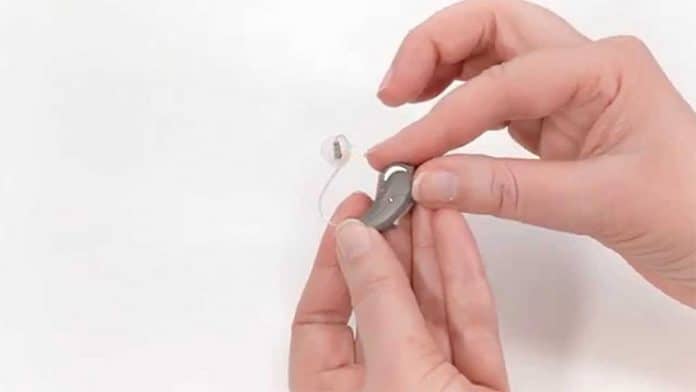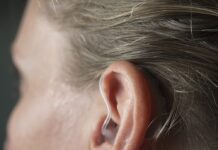
Most hearing aid batteries are of the zinc-air type, which means they use air from outside the battery to react with the main chemical (zinc) inside the battery to generate energy. Zinc-air batteries are not activated until the tab is removed from the top of the cell, allowing air to travel inside the battery. Once the tab has been removed, the battery begins to work (but sometimes it can take a couple of minutes to do so). If the tab is replaced, the battery life will not be prolonged. Zinc-air batteries have an impressive shelf life of up to three years when stored in a cool, dry place. Do not store your batteries in your refrigerator since moisture can affect zinc-air batteries.
Hearing aid batteries are categorized by the size and color-code used on the packaging. Both size and color-code are standardized within the hearing aid industry. The five sizes and color codes are as follows:
Size Color
5 Red
10 Yellow
13 Orange
312 Brown
675 Blue
The size of a battery is an indication of its stored capacity and, ultimately, its service life. The smaller the battery, the shorter its battery life. Because many consumers prefer small hearing instruments, batteries must also be small and are limited in providing the long use-period that is common to many other battery-powered products on the market. In general, batteries last from five days up to five weeks, with the smaller batteries having limited battery life.
When buying hearing aid batteries, make sure they have a “freshness date”. On the average, batteries should cost between 80 to 95 cents each. Batteries at Garden State Hearing and Balance Center cost $3.50 for a package of four batteries.
Dr. Izzy and his staff are always available to answer your questions about hearing care. Feel free to visit our website at www.gardenstatehearing.com






